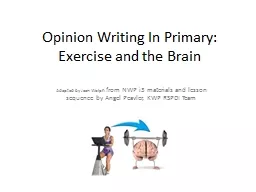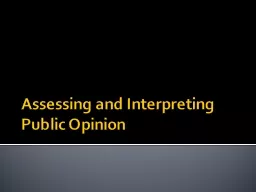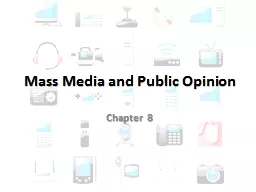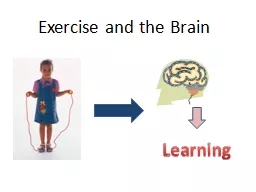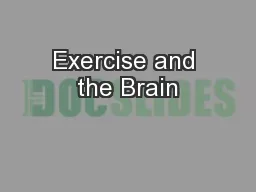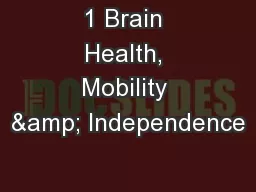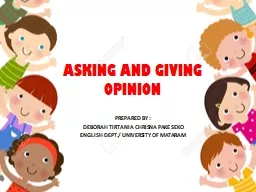PPT-Opinion Writing In Primary: Exercise and the Brain
Author : briana-ranney | Published Date : 2017-07-06
Adapted by Jean Wolph from NWP i3 materials and lesson sequence by Angel Peavler KWP RSPDI Team Is exercise important for learning What do you think Ive never
Presentation Embed Code
Download Presentation
Download Presentation The PPT/PDF document "Opinion Writing In Primary: Exercise an..." is the property of its rightful owner. Permission is granted to download and print the materials on this website for personal, non-commercial use only, and to display it on your personal computer provided you do not modify the materials and that you retain all copyright notices contained in the materials. By downloading content from our website, you accept the terms of this agreement.
Opinion Writing In Primary: Exercise and the Brain: Transcript
Download Rules Of Document
"Opinion Writing In Primary: Exercise and the Brain"The content belongs to its owner. You may download and print it for personal use, without modification, and keep all copyright notices. By downloading, you agree to these terms.
Related Documents

